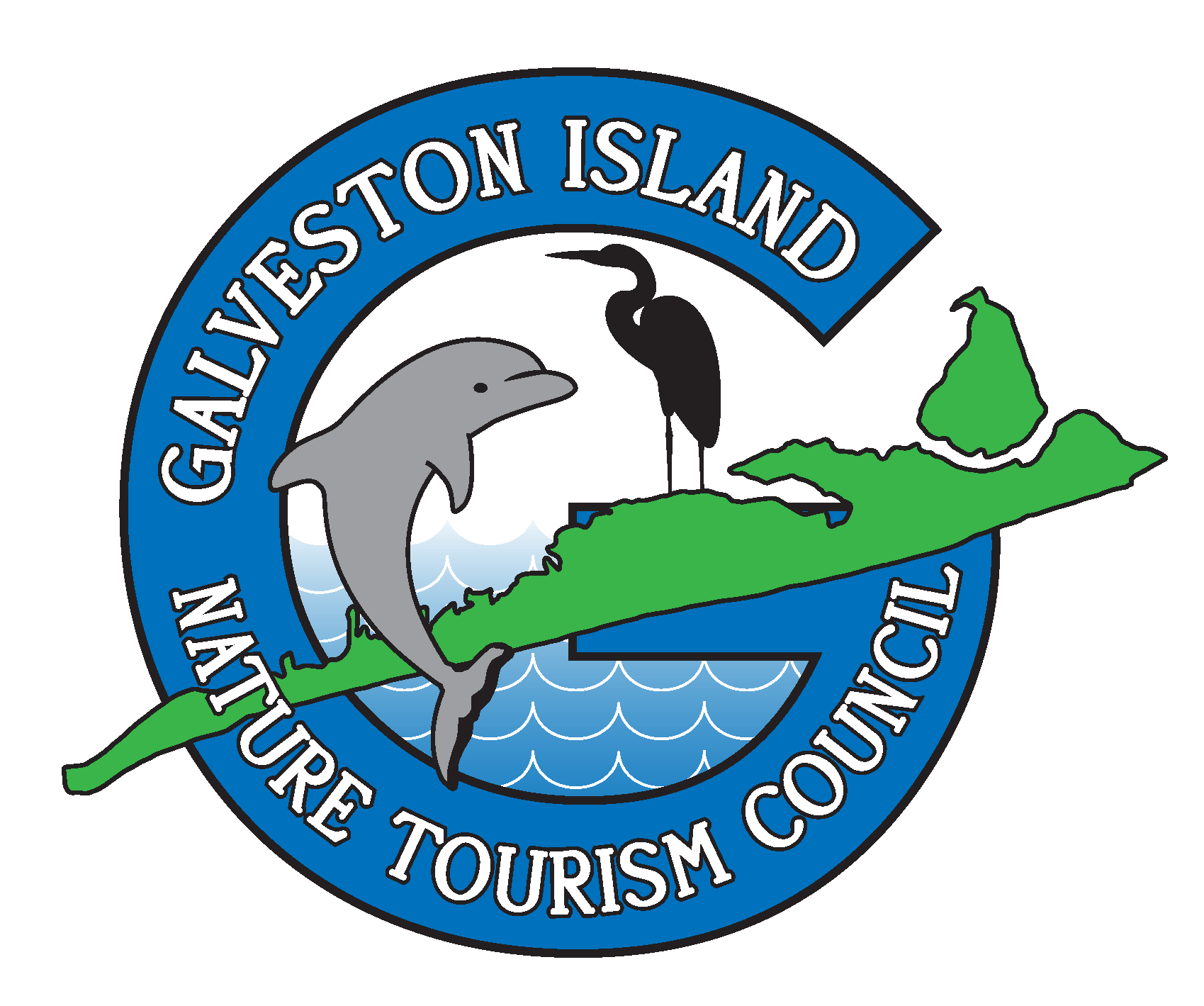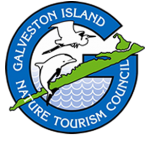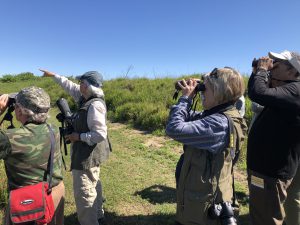

Welcome to the Galveston Island Nature Tourism Council’s Nature Guide and Nature Ambassador Certification Program! The purpose of this program is to provide training for people (like you) who are interested in sharing nature information and/or conducting nature tours on Galveston Island. This program is designed to create a key group of knowledgeable nature guides and ambassadors to help visitors and residents better understand and experience Galveston’s natural side.
The program provides two distinct avenues of professional development. Certified Nature Guides will be able to provide in-depth knowledge of the natural systems of Galveston Island and the surrounding environs in field or classroom settings. Certified Nature Ambassadors will be able to provide summary-level information to Island visitors. Both levels of training will result in a better appreciation of the importance of conservation of our natural resources and wildlife habitat.
Administered by Galveston Island Nature Tourism Council, this program has been developed with support from scientists, educators and Texas Master Naturalists with decades of knowledge in the natural systems of Galveston Island and the surrounding area. The program will appeal to visitor services and hotel employees, existing tour operators, entrepreneurs interested in starting a tour business, educators, master naturalists and nature tourism volunteers.
Those who complete a course and its associated test will be certified as Nature Guides or Nature Ambassadors.
There are two levels of training for certification – Nature Guide and Nature Ambassador.
As an outcome of the Nature Guide training, participants will be expected to:
As an outcome of the Nature Ambassador training, participants will be expected to:
The online modules provide a broad overview of the many components of our local ecosystem, beginning with a history of the formation and ecology of Galveston Island itself. Habitats such as the estuaries, coastal prairie, and beach are included. The animals (land and marine) which live here are also covered.
There are three components to the training for the Nature Guide level:
There are two components to the training for the Nature Ambassador level:
When registering for the first time, click on the New? Register for Course button. Choose Nature Ambassador Certification Course or Nature Guide Certification Course. Click on View cart and you will be taken to the payment page. Once you have paid for your course, you will receive an email with a temporary password. You may change your password, manage your account or begin your course.
You do not have to complete the course in one session. You can go in and out of the program as you wish and monitor your progress on your account dashboard. When finished, you will receive an email confirming completion.
In order to achieve certification, you will need to pass the test with at least 80% correct. You can always go back to the module content to review and take the exam again until you achieve 80%.
The module sources and additional resources are available at the end of each module if you are interested in more in-depth information for your own benefit.
Nature Guide Level
Once Nature Guide level participants have completed all of the online modules and pass each exam, participation in a one-day interactive session is required. During this session participants will receive coaching in interpretive skills, safety, customer service, as well as a site visit to one of the main habitats, for application of the information and skills learned during the training. The presenters for this day will be many of the content experts who have created the online training.
The interactive session will be offered once a quarter (four times a year) and completion of the online modules will be required prior to attending. This will enable participants to use the time with the content experts in the live session to ask questions and gain further clarification. It will also be an opportunity for individuals to begin to create their own guiding structure and explore how to personalize their guiding experience.
Participants will then be certified for a two-year period, and re-certification will be available when requested after that. Tracking and record keeping will be managed by Galveston Island Nature Tourism Council staff.
Nature Ambassador Level Training
Once Nature Ambassador level participants complete the online modules and pass each exam they will be certified for a two-year period, with re-certification available, when requested after that. Tracking and record keeping will be managed by Galveston Island Nature Tourism staff.
We hope that you enjoy the experience of becoming a Nature Guide or Nature Ambassador and that you will enjoy sharing your love of Galveston’s natural environment with residents and visitors to the island.

Certified Nature Guide
&
Certified Nature Ambassador
